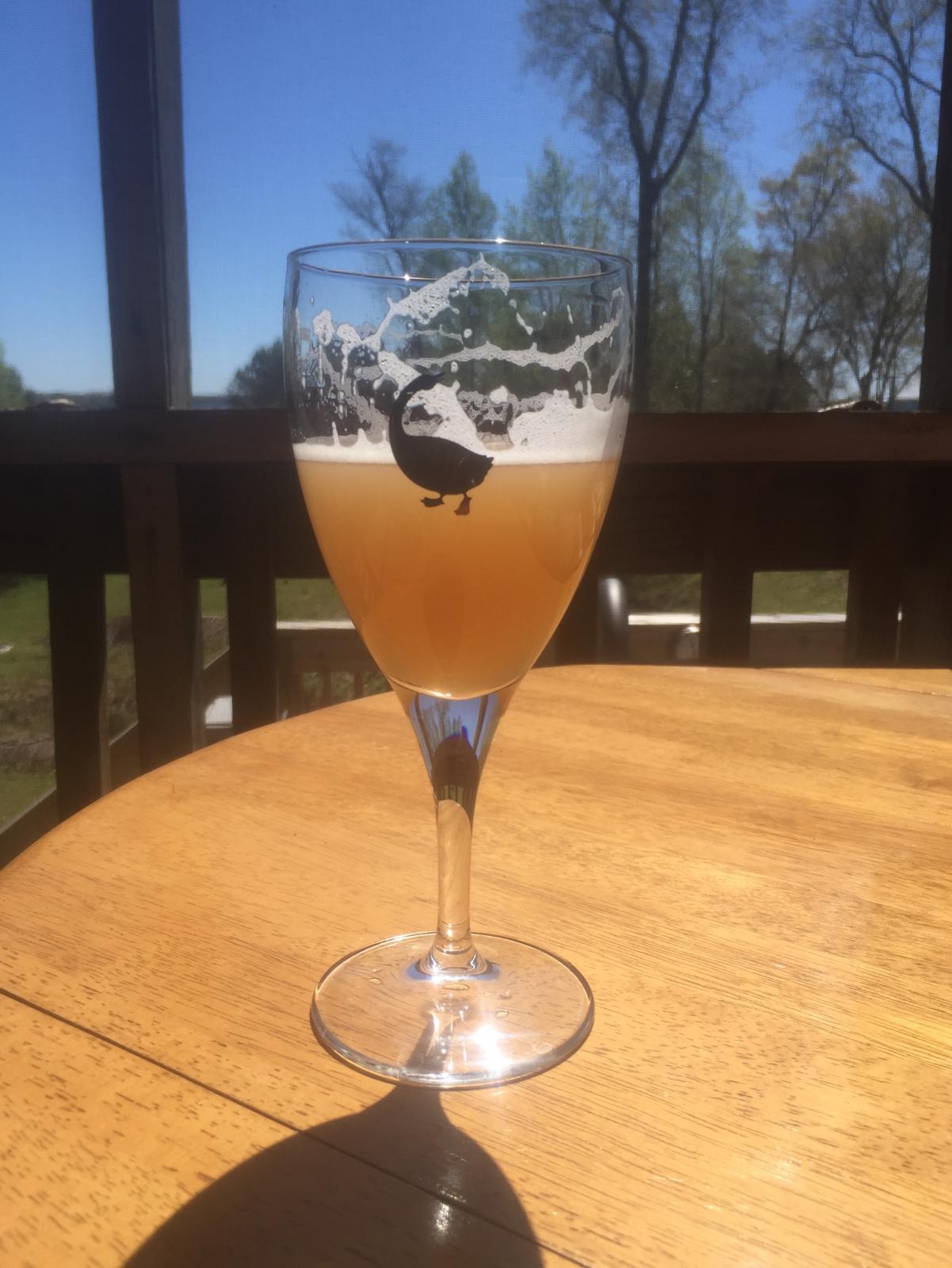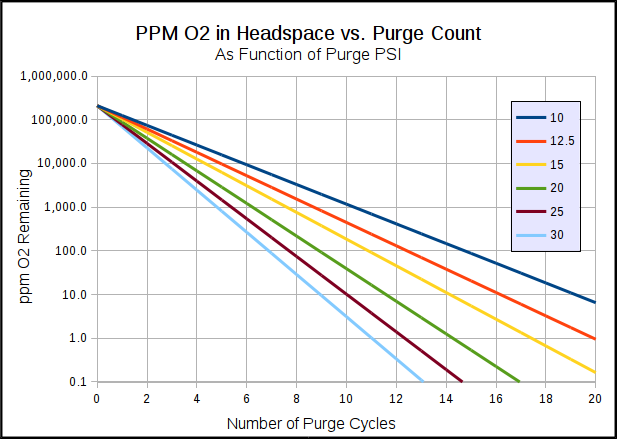Unfortunately it looks like I missed my intended window for dry hopping. Came home from work and the airlock was barely bubbling so I took a reading and it shows 1.014 which is likely fully attenuated.
Looks like I'll have to do it the boring old fashioned way and wait until the next batch to see what adding the hops in early does to the flavor profile.
Anybody else missed their window and any noticeable differences in your opinion?
Not the end of the world. When I first started brewing this, I was dry hopping it in the 5-7 day range...... which was probably after fermentation was basically dying down. Beer was still great. I do add the first round early now - day 3 or so. But, to be honest, I can't say that I definitely notice a huge difference or anything.




































![Craft A Brew - Safale S-04 Dry Yeast - Fermentis - English Ale Dry Yeast - For English and American Ales and Hard Apple Ciders - Ingredients for Home Brewing - Beer Making Supplies - [1 Pack]](https://m.media-amazon.com/images/I/41fVGNh6JfL._SL500_.jpg)




























